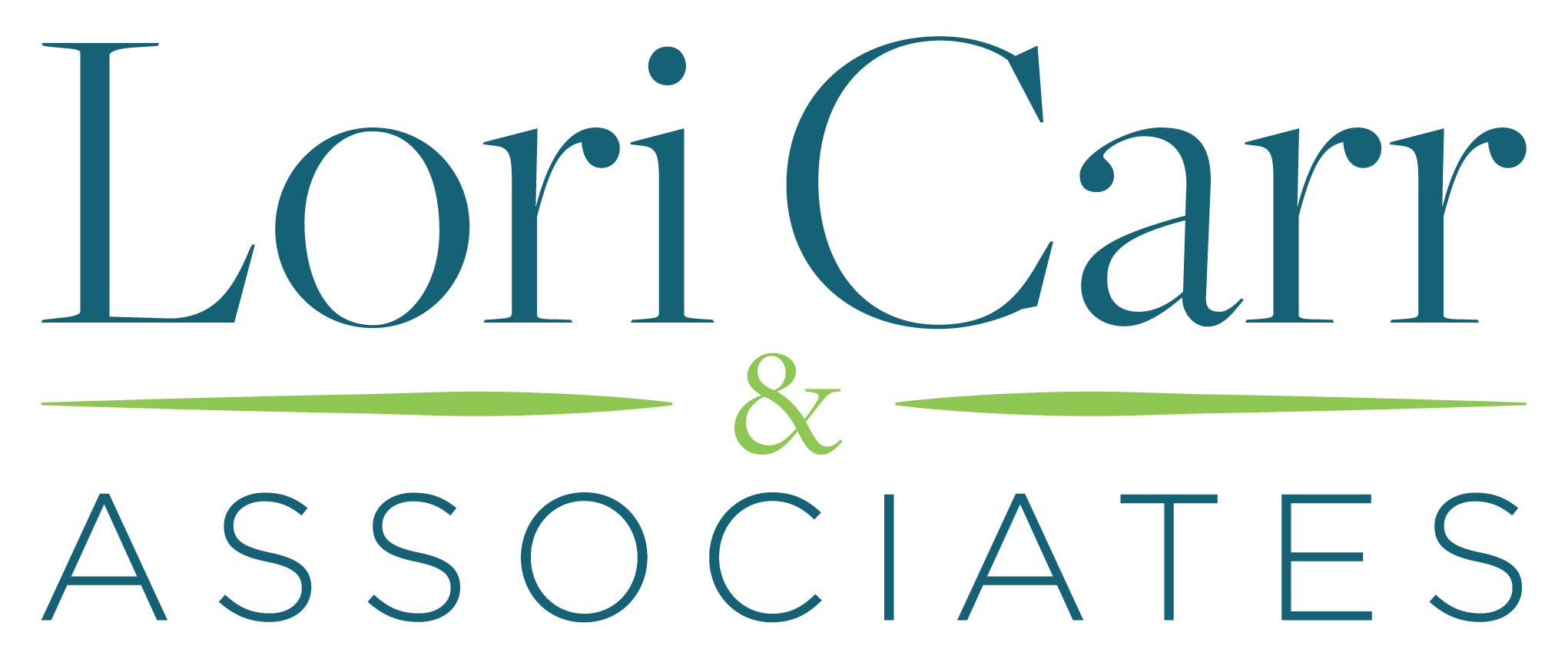Client Case Study: MetLife
Fortune 50 Service Center Reengineering Project Designed to Generate New Revenue Also Gains Budget Savings of 25%


As Karen Hemenway, former Vice President of the Customer Sales and Service Group for MetLife, looked at a large-scale initiative to reengineer the process for the more than 26 million customer interactions handled by her company’s service center, she knew that those interactions represented tremendous opportunity to expand revenue. But before that could happen, she also knew something was missing at MetLife.
“We really didn’t have, at that time, a skillset in the organization around project management at a high level,” Karen said. “So Lori Carr & Associates came in to do that for us. But, deeper than that, Lori was able to break down the initiatives appropriately, attach quantifiable goals to each area, and identify appropriate owners within our organization. She brought the understanding and depth of project leadership and management that we needed right away. Key to our project success was really gaining that capability, which wasn’t there at the time.”
Karen’s project was massive: it included both upgraded technology and efficiencies to allow for better customer service, in addition to pursuing a goal to increase revenues through new sales. “With 26 million interactions annually servicing 17+ different products, we knew that if we could enhance our ability to convert even a small percentage of these interactions into new sales of other products, the impact on revenues would be enormous,” Karen said. “And that’s why we needed to assess our current state and design our future model using a capability maturity assessment. Our ability to identify gaps through analysis of our process was important, but it was also critical to be sure the technology was in place as part of the foundation.”
The project’s three distinct tracks had to be managed concurrently. Specifically, Karen’s project involved implementing a sales strategy to generate additional revenues; bringing in a new voice and data analytics system; and reengineering the process associated with service interactions. Dozens of company team members from throughout the IT, sales, and service departments were involved.
In addition, MetLife was employing three of the largest outside consulting firms to work on this and other reengineering projects. “Karen asked me to come in to help represent this project’s priorities and outcomes to assure overall alignment with her division’s objectives, and to be her voice with the many other partners as part of the process,” Lori said. “This project was a big opportunity for MetLife, and I remember really wanting to get it right for Karen because the success of her division was already known throughout the company.” Lori’s prior experience working in complex, highly regulated environments such as financial services allowed her to ramp up quickly, successfully navigate within a Fortune 50 environment, and systemically achieve outcomes with other leaders in the company.
“Lori worked with one of my senior team leaders and was our strength behind the project management of this large, complicated initiative,” Karen said. “We conducted external benchmarking to understand state-of-the-art capabilities, and we looked at our internal current state. Using this analysis to understand our gaps, we learned what we needed to do differently to reduce costs and increase sales through our service center. Ultimately, Lori helped us to build a future-state operating model with nine different roadmap initiatives that we would eventually tackle on both sides of the project.”
A multifaceted operating model to cover all the bases
The new sales-to-service operating model ultimately helped MetLife to increase new revenues through their high-volume service center. Several highlights of that model were:
• Revised customer segmentation
• Cost reduction recommendations
• Enhanced staffing models to improve customer service and sales
• Recommendations for controls to be added
• More efficient call-handling
• Defined data analysis and the right metrics to measure success
• Vertical business partners input process
 “In addition to these roadmaps, we had to be very mindful of working with our existing sales force, because we didn’t want them to feel that we were removing their opportunity to sell and earn commissions or anything like that. As it was a large sales force, I was very deliberate when communicating with them to ensure that they understood the incremental nature of our initiative,” Karen said. “What we were trying to do was to convert the customers coming through the service center. These were customers that our current sales force would never touch anyway, so there was no overlap into their sales process.”
“In addition to these roadmaps, we had to be very mindful of working with our existing sales force, because we didn’t want them to feel that we were removing their opportunity to sell and earn commissions or anything like that. As it was a large sales force, I was very deliberate when communicating with them to ensure that they understood the incremental nature of our initiative,” Karen said. “What we were trying to do was to convert the customers coming through the service center. These were customers that our current sales force would never touch anyway, so there was no overlap into their sales process.”
Karen explained that she did not set definitive sales goals immediately. “We wanted to understand the process and training opportunities first. Then we had to set the technology foundation in place. Before we even started the new sales process, we ended up reducing our overall budget by about 25%, which was significant.” Regarding the savings, Karen said, “Most of those savings came from process efficiencies and the new technology system and were identified in the gap analysis.”
Laying the groundwork with LCA’s knowledge transfer process
“I’ve always seen the end of a project as a particularly critical time, because my clients need to keep the momentum going after we leave the engagement,” Lori said. “Helping clients to gain new knowledge and then leaving that documentation with them is important, and is a key to success for our clients as well as for our own consulting. We always formalize an extensive knowledge transfer along with documentation at the end of our projects. It’s so much more effective for our clients than ‘Here’s your strategy, good luck’: it’s a complete summary of what was done, along with the decisions behind it and also the roadmaps and details that our clients will use to continue to achieve progress with their initiatives.”
In MetLife’s case, the knowledge transfer was put to work immediately. As Karen described, “Our knowledge transfer had direct benefit for us, because we planned to transition the project to a newly hired, full-time project manager at the end of Lori’s engagement. Lori worked directly with that person to help make sure that she had the right tools in place to continue on and achieve our outcomes.”
Karen reported that MetLife was very pleased with Lori Carr & Associates and credited them with the project’s success: “As I said, Lori is great at making sure that you are measuring progress and are able to track your success to ensure the outcomes you were looking for,” she noted. “So we were comfortably able to go back to senior executives and the CFO to show them that we really did what we said we were going to do. From that point on, our CFO would brag about us as a division that delivered the outcomes we said we would deliver.”
